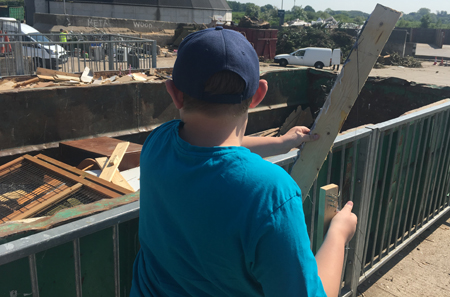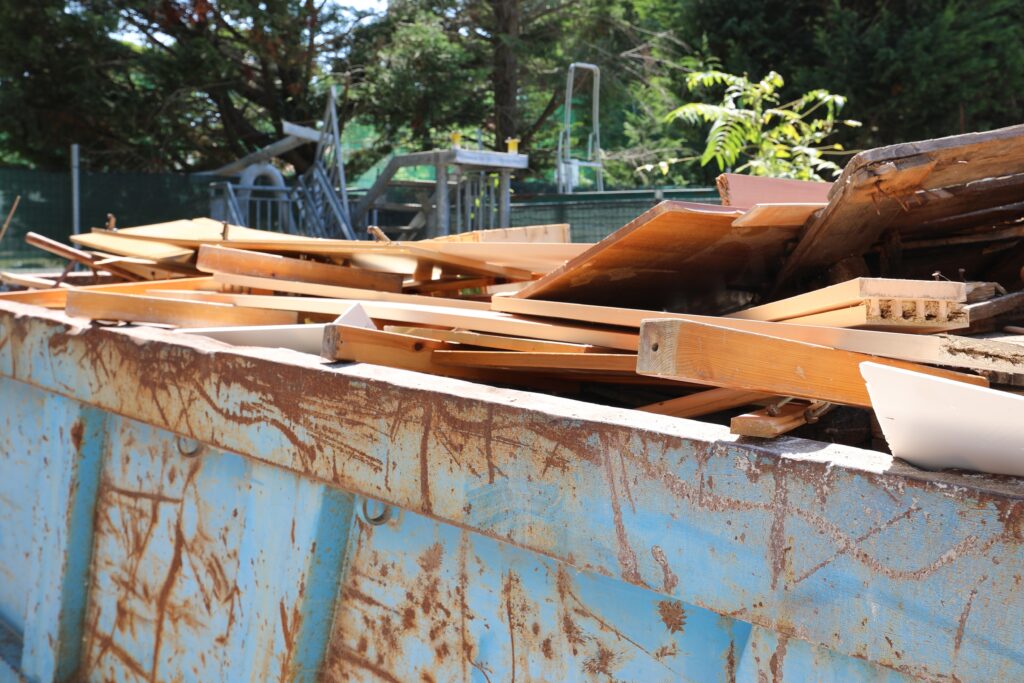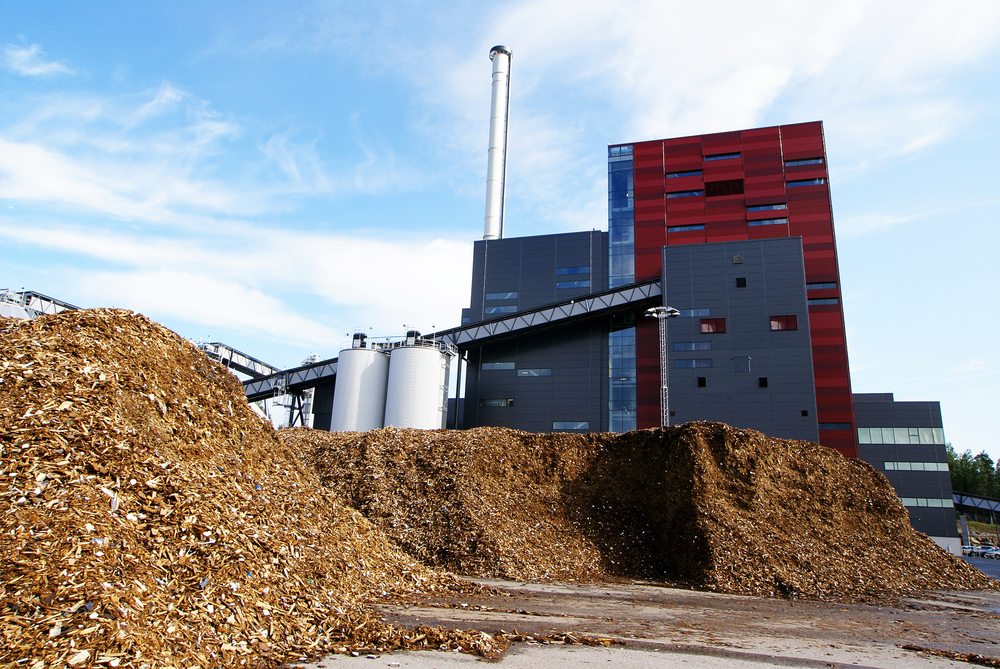
The WRA says it has been told by the Environment Agency that it plans to extend the current Regulatory Position Statement (RPS 207) until the end of July 2021.
After the expiration of the RPS — which permits mixed waste wood to continue to be used for panel board manufacture and Chapter IV compliant biomass — wood highlighted as potentially hazardous from both household and demolition sources would have to be identified, separated and consigned.
“This would mean that fence posts and decking would have to be segregated at HWRCs and classified as hazardous,” the WRA said.
The association added that the regulators have also said that this could mean hazardous material can only go for Chapter IV compliant biomass from August onwards, which the WRA says “would decimate the supply of waste wood feedstock for panel board manufacturers”.
Extension

The WRA has now written to Malcolm Lythgo, head of waste regulation at the Environment Agency, stating it plans to challenge the regulations in the New Year. In the meantime it has asked the EA and the three other regulators (SEPA, NRW and NIEA) to “support the industry” and extend the current RPS for 18 months while the WRA continues testing and sampling hazardous wood.
“This would enable material to continue to flow to both the panel board industry and Chapter IV biomass beyond next summer,” the WRA says.
HWRCs
The WRA added that the Agency has asked the association to work with HWRCs to segregate fence posts and decking when they come onto HWRC sites.
However, the WRA says it has surveyed HWRCs and found that segregation of fence posts and decking was not felt to be viable due to a number of reasons such as a lack of space, the small volumes of waste wood involved, the expenditure required and the difficulties in getting the public to comply.
Extension

Andy Hill, chair of the WRA, urged the Agency to extend the RPS by a further year to allow the WRA’s sampling work to continue.
He said: “The amount of hazardous waste wood in this stream is extremely small and is diminishing. From previous discussions we have had with the regulators we anticipated they would continue to allow us to move household waste wood as non-hazardous for the relatively short period of time we would need to demonstrate that the items with potentially hazardous content are no longer in the household waste wood chain.
“We are asking for an 18 month extension to the RPS to allow us to continue with our sampling and testing work”
“Unfortunately the current regulations do not allow them to do this at present. We understand that and we plan to challenge the specific issues with Defra, but in the meantime we are asking for an 18 month extension to the RPS to allow us to continue with our sampling and testing work, and to give us time to challenge the regulation without having a major impact on the panel board industry’s supply chain.”
Fence posts
The WRA estimates that in the case of fence posts and decking, it was found that these two items make up approximately 1%, (10,000 tonnes) of the volume of HWRC waste wood.
From sampling and testing to date, the WRA has only found that 6% of the fence posts and decking are hazardous, a total 600 tonnes combined.
Support
The WRA says it “has the full support of the key stakeholders involved in the waste wood classification work including the Environmental Services Association; local authority groups of NAWDO, LARAC and ADEPT; the Wood Panel Industries Federation; the National Federation of Roofing Contractors; the Wood Panel Industries Federation; the National Federation of Demolition Contractors; and skip hire body UROC”.
The combined group will be writing a letter to Patrick McKell at Defra detailing all the reasons for the challenge of the regulations in the New Year.
Project
The Waste Wood Classification Project began in September 2017 at the request of the Agency, with the aim of ensuring that waste wood is properly classified at its origin and is processed into appropriate end markets.
The project also aims to clarify which waste wood items are hazardous and which aren’t through mass testing.
In 2018, Howard Leberman, senior advisor for waste treatment & storage at the Environment Agency, said at the North East Recycling Forum conference said that the early stages of the work indicated that waste wood from HWRCs would be deemed non-hazardous (see letsrecycle.com story).
The RPS has been extended a number of times since it was first published, and is currently set to expire on 31 January 2021 .









Subscribe for free